Beginners Guide to 10 Essential Yoga Poses
It is a transformation practice that offers a multitude of benefits for beginners looking to improve their physical, mental, and emotional well. By incorporating yoga into your daily routine, you can enhance flexibility, strength, balance, and overall mindfulness. In this guide, we will explore 10 essential yoga poses that are perfect for beginners to kick-start their journey towards a healthier lifestyle.

Yoga is beneficial for beginners
Yoga offers a gentle yet effective way for beginners to ease into a physical activity routine. It promotes relaxation, stress reduction, and improved focus, making it an ideal practice for individuals of all ages and fitness levels on Beginners guide to 10 Essential Yoga Poses.
Setting the right mindset for practice
Before diving into the poses, on Beginners guide to 10 Essential Yoga Poses it’s important to approach your practice with an open mind and a sense of curiosity. Embrace the process of learning and growing with each pose, rather than striving for perfection.
Equipment needed for yoga practice
“The beauty of yoga is that it requires minimal equipment. before Beginners guide to 10 Essential Yoga Poses All you need is a yoga mat, comfortable clothing that allows for ease of movement, and possibly a yoga block or strap for modifications”
Lets Start Learning on Beginners guide to 10 Essential Yoga Poses
Standing Pose :
1st. Mountain Pose
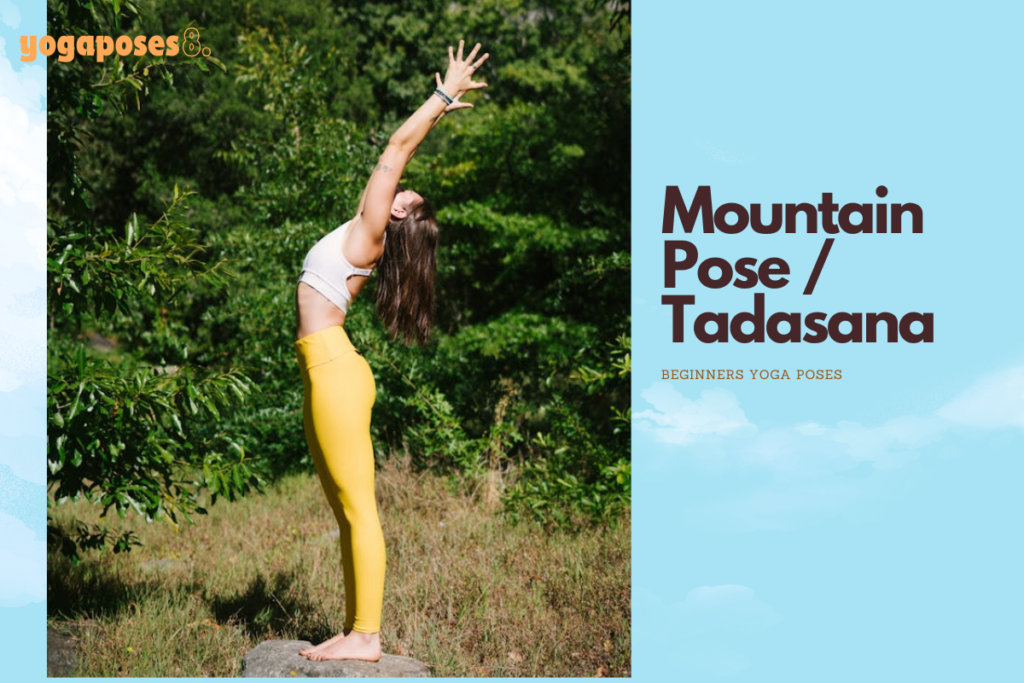
Alignment and benefits : Mountain Pose, also known as Tadasana, focuses on alignment and grounding. It improves posture and strengthens the legs.
Tips for beginners : Engage your core, relax your shoulders, and distribute weight evenly on both feet.
Modifications for different body types: Use a wall for support if needed or adjust the stance to accommodate tight hips.
2nd. Warrior I Pose
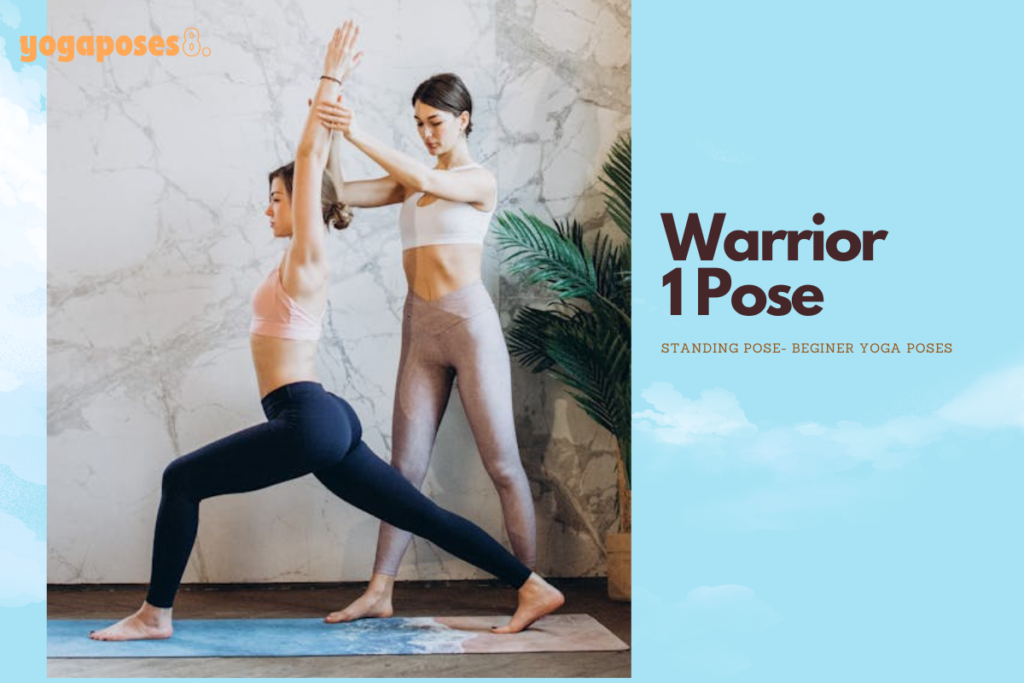
How to properly execute the pose: Step one foot back, bend the front knee, and lift your arms overhead. Maintain a strong foundation with the back foot grounded.
Variations for different levels: Beginners can keep their hands on their hips to focus on alignment before extending the arms overhead.
Benefits for strength and balance: Warrior I builds strength in the legs and core while improving balance and focus.
3rd. Tree Pose
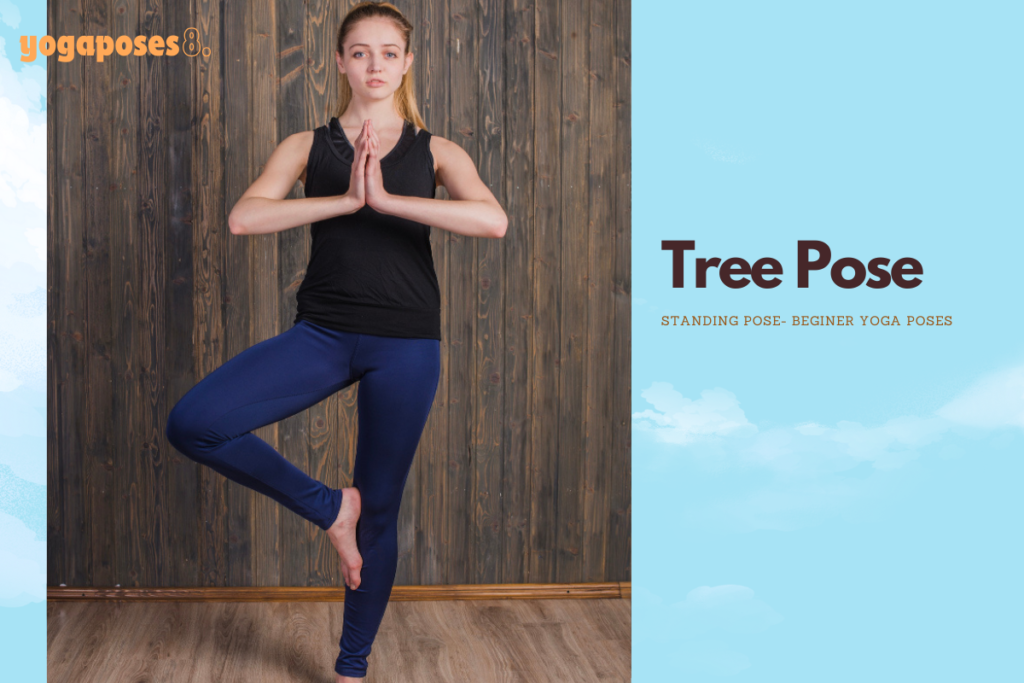
Finding stability and focus: Tree Pose, or Vrksasana, challenges balance and concentration. Ground one foot into the mat and place the other foot on the calf or thigh.
Modifications for balance: Start by practicing near a wall for support or keep toes on the mat for added stability.
Improving concentration through the pose: Focus your gaze on a fixed point and engage your core to stay steady.
Seated Pose :
1.Seated Forward Bend
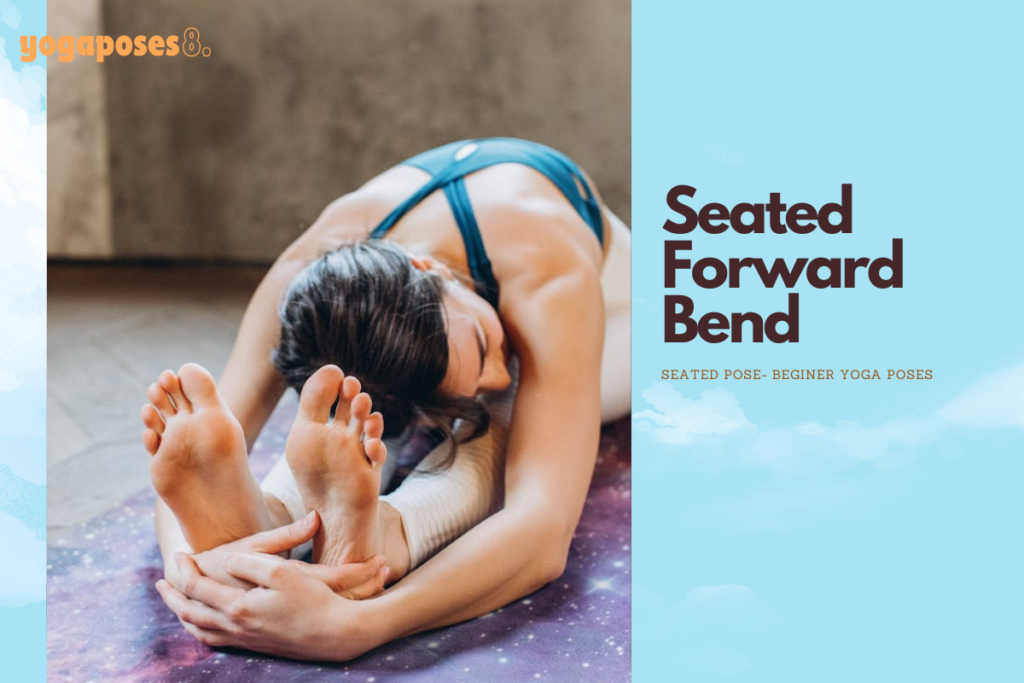
Stretching the back and legs: Seated Forward Bend, or Paschimottanasana, stretches the hamstrings and lower back.
Breathing techniques during the pose: Inhale to lengthen the spine, exhale to deepen the stretch.
Modifications for flexibility levels: Bend your knees slightly or use a strap to reach your feet if flexibility is limited.
2. Staff Pose
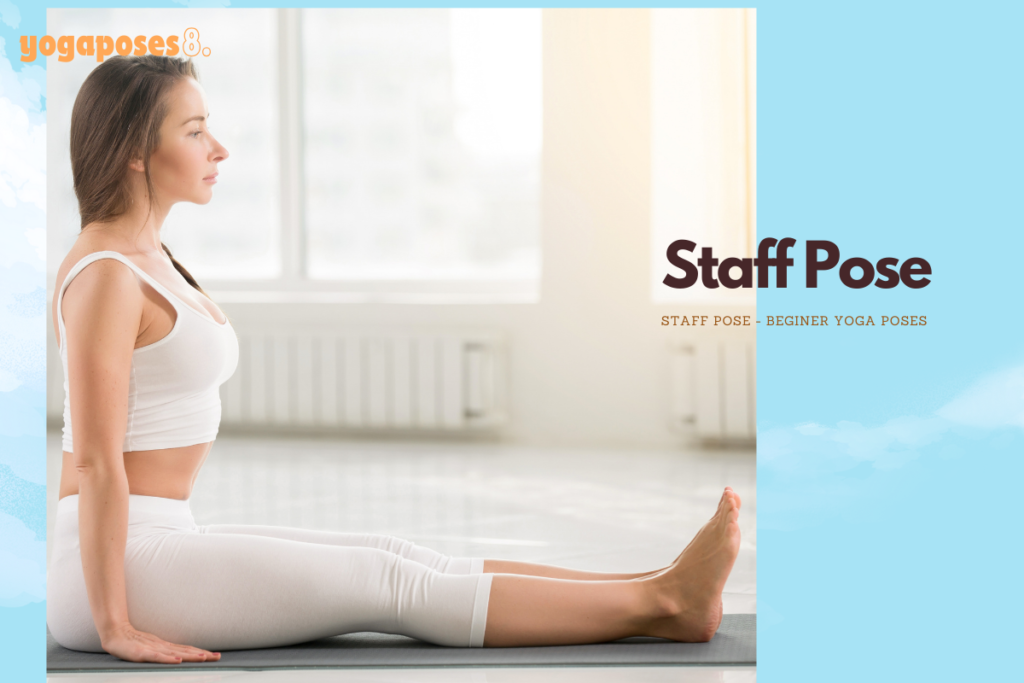
Engaging core muscles in the pose: Staff Pose, or Dandasana, strengthens the core and improves posture.
Improving posture and alignment: Sit tall with legs extended, toes flexed towards you, and engage the core.
Combining with other seated poses for a flow: Transition from Staff Pose to Seated Forward Bend for a smooth sequence.
3. Bound Angle Pose
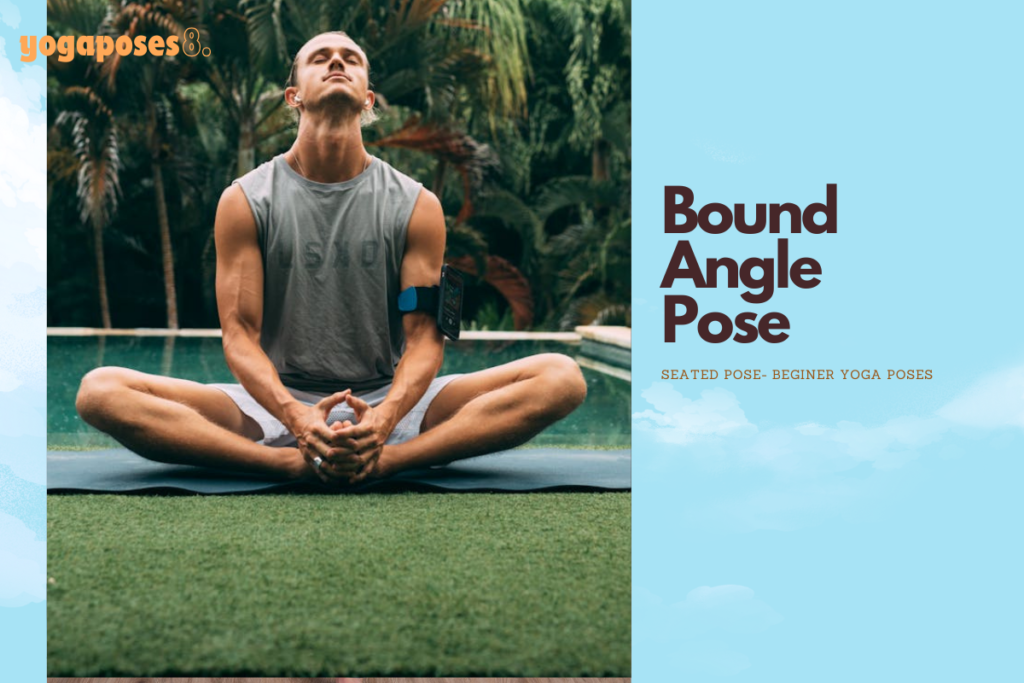
Opening the hips and groin: Bound Angle Pose, or Baddha Konasana, releases tension in the hips and groin.
Relaxing the upper body: Maintain an upright spine while allowing the shoulders to relax down.
Benefits for stress relief and relaxation: Focus on deep breathing to unwind and release stress stored in the hips.
Balance Poses
1.Boat Pose
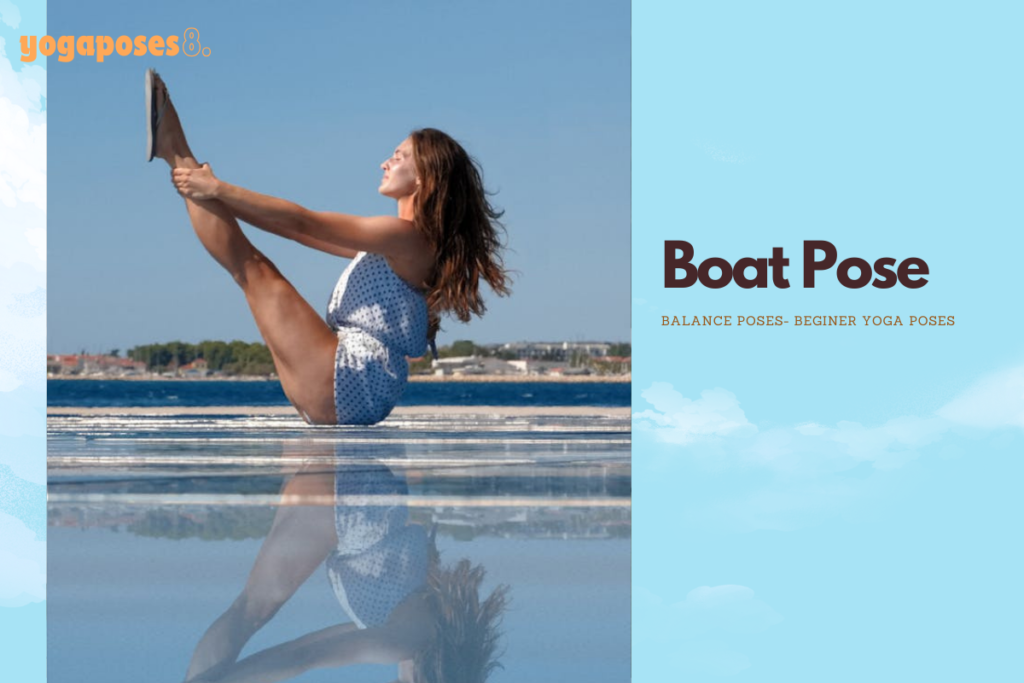
Strengthening the core muscles: Boat Pose, or Navasana, targets the abdominal muscles for a strong core.
Variations for different levels of strength: Beginners can keep their knees bent or hold onto the back of the thighs for added support.
Improving coordination and focus: Engage the core, lift the chest, and extend the legs to maintain balance.
2. Warrior III Pose

Finding stability in a challenging pose: Warrior III, or Virabhadrasana III, requires focus and strength for a balanced posture.
Enhancing balance and strength: Extend one leg back while reaching the arms forward, engaging the core for stability.
Tips for gradually improving form: Start by balancing against a wall and progressively work on extending the raised leg higher.
3. Half Moon Pose

Strengthening the legs and core: Half Moon Pose, or Ardha Chandrasana, works the legs, core, and improves balance.
Emphasizing alignment and control: Stack hip over hip and shoulder over shoulder while extending the raised leg parallel to the mat.
Benefits for overall body awareness: Half Moon Pose challenges coordination and body awareness, promoting mindfulness during practice.
Closing On Beginners Guide on 10 essential Yoga Poses
Relaxation Poses
1. Child's Pose
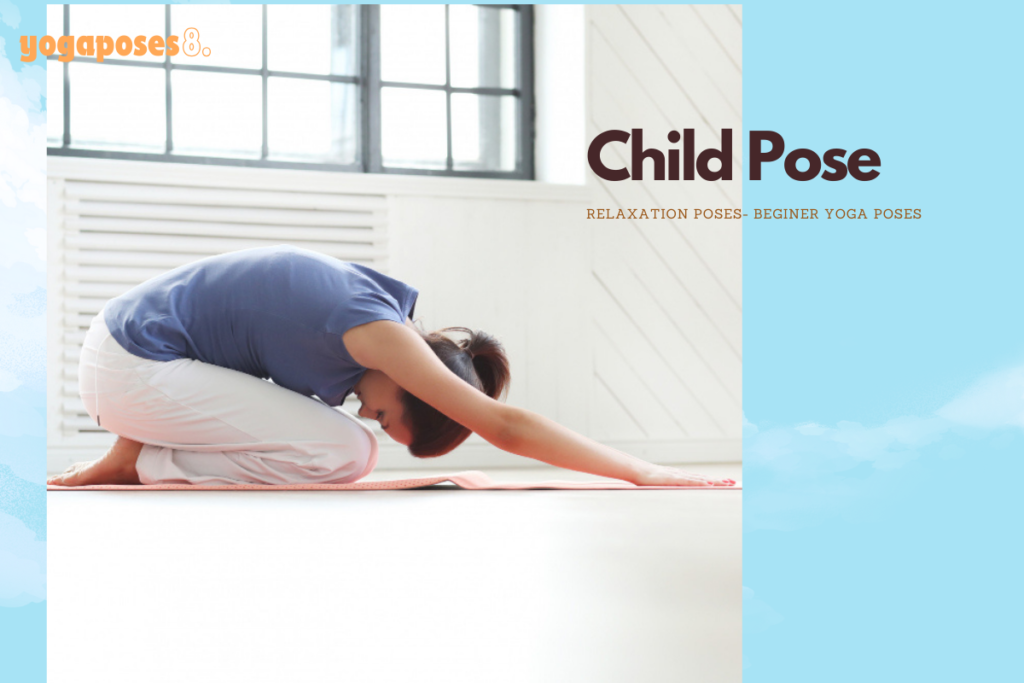
Promoting relaxation and release tension: Child’s Pose, or Balasana, offers a restful posture to release tension in the back and shoulders.
Modifying for comfort during practice: Use a bolster or blanket under the forehead for added support and comfort.
Incorporating breathing exercises in the pose: Focus on deep inhales and exhales to calm the mind and body.
2. Corpse Pose

Allowing the body to fully relax and unwind: Corpse Pose, or Savasana, is the final relaxation pose in yoga that allows the body to rest and integrate the benefits of the practice.
Tips for calming the mind during the pose: Focus on each body part individually and visualize releasing tension from head to toe.
Incorporating mindfulness techniques after the pose: Take a moment to reflect on your practice, set intentions for the day, and express gratitude for your body’s capabilities.
3. Legs-Up-The-Wall Pose
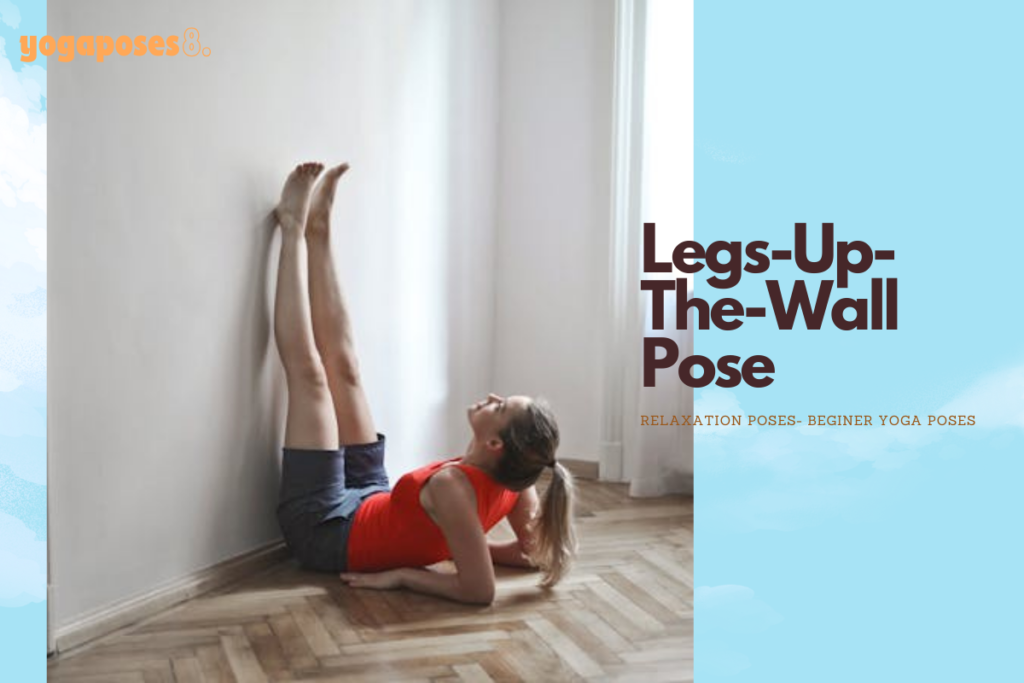
Benefits for circulation and relaxation: Legs-Up-The-Wall Pose, or Viparita Karani, improves circulation and relieves tired legs.
Using props for support and comfort: Place a blanket or pillow under the hips for added support and relaxation.
Finding stillness and peace in the pose: Focus on your breath and allow the mind to quiet down, embracing a sense of calm and tranquility.
Incorporating these 10 essential yoga poses into your daily routine can help beginners build strength, flexibility, and mindfulness. Remember, consistency is key to progress in your practice. Explore further resources for continued learning and development to deepen your yoga journey.
Join Us on Instagram!
Looking for more yoga inspiration, fitness tips, and product reviews? Follow us on Instagram @Yogaposes8! Our community is the perfect place to: Stay connected for the latest updates, exclusive content, and more. Let’s embark on this wellness journey together!
FAQs
How often should beginners practice yoga?
Consistency is more important than frequency. Aim for at least 2-3 sessions per week to build a solid foundation and progress gradually.
What should I wear for a yoga class?
Opt for comfortable, breathable clothing that allows for ease of movement. Avoid anything too tight or constricting.
yoga help with weight loss?
Beginners guide to 10 Essential Yoga Poses is not primarily a weight loss tool, it can support a healthy lifestyle by reducing stress, improving mindfulness, and enhancing physical fitness.
